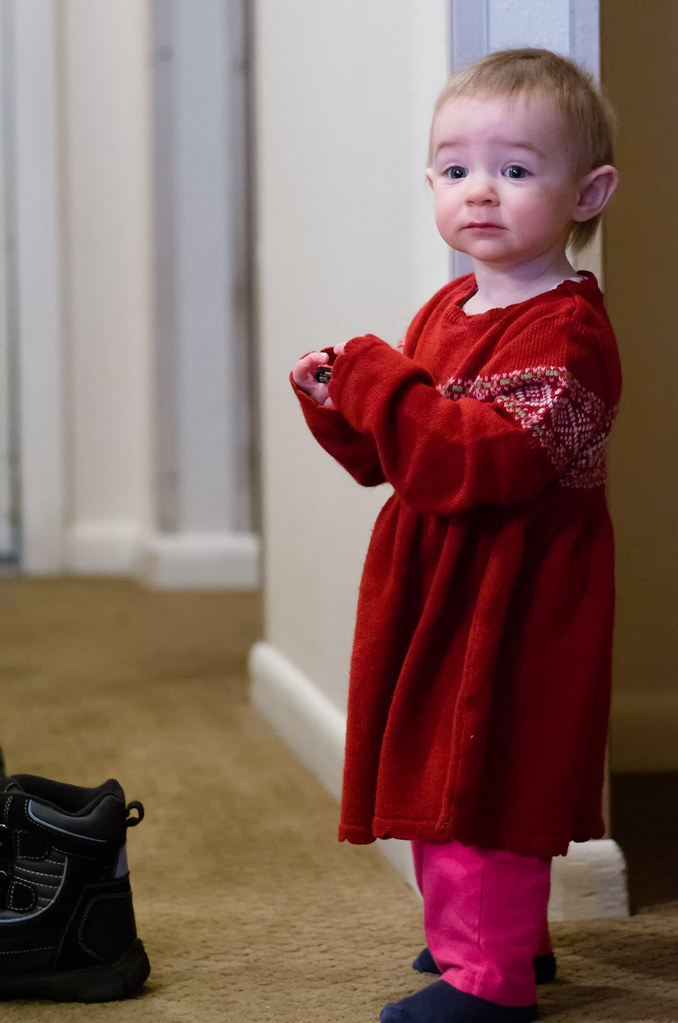 Originally posted by biz-engineer
Originally posted by biz-engineer 
Regarding the comparison of image quality between a K-3 and 6D, basic photography says that you can boil camera settings down to a triangle: ISO, Aperture, Shutter speed and place your camera settings in somewhere inside this triangle depending on the available light, whatever the format. Use the same settings to compare different formats. If you move inside the triangle to demonstrate your point, chances are that you're are going to run in circle while biting your tail. You are trapped in the triangle, you have no chance to get out of this triangle, except by multi-shot techniques, flash etc, but then you don't compare the same things.
This is not really true as typically from an artistic point of view, you are after some framing, some type of perspective distorsion, some deph of field control. This imply that to get the same results, you'll not choose the same focal length neither the same apperture. Basically the FF need to be closed one step down more and use a longer focal length to keep same framing and perspective compression/distortion. The added high iso performance really is lost in this closed one step down more. The benefit come into play when finally it is interresting to trade lower noise for less deph of field... Exactly as if you decide to use a wider apperture on the APSC camera. If this is possible on the APSC camera, then you didn't gain any low light gathering with your FF.
It is only if basically you are already at the widest apperture available for the APSC lense you use and the loss of deph of field is acceptable and that the corresponding FF lens you would use can support at least the same apperture you'll gain something.
So basically if you are thinking to buy for your FF a 70-200 f/4, a 100-300 f/4 or a 150-450 f/4-5.6 or even a 300mm f/4 as well as a 135mm f/2, the corresponding matching lenses in framing are available in APSC with a faster apperture so you don't get more low light capabilities, even by shooting wide open with the FF. What you really gain if that the lens FF lens perform better wide open than the matching APSC lens, even if that may no be fully visible at iso 3200...
But of course if you are investing in a 70-200 f/2.8, 100-300 f/2.8, 200mm f/2 or a 50mm f/1.4 then there no fast enough APSC lens available that provide you the same framing and you gain an edge.
This is of course at the expense of the lens price difference (that is sometime huge), size and weight... and also of course deph of field. An APSC shooter will have to spend quite some money to get a 24mm f/1.4 lens to try to match a 35mm f/1.4 on FF, but I'am not sure the price would be much different, except the FF keep the advantage for low light and dof control. To match 50mm f/1.4 you go 30mm f/1.4 and get less dof control and less low light capabilities. Price wise the 30mm f/1.4 is a bit more expensive that true. Usually still the matching APSC lens (even if that happen to be an FF compatible one) will be same price or less expensive as well as smaller and lighter.


 Similar Threads
Similar Threads 







 .)
.)







 Post #31 by Qwntm
Post #31 by Qwntm








